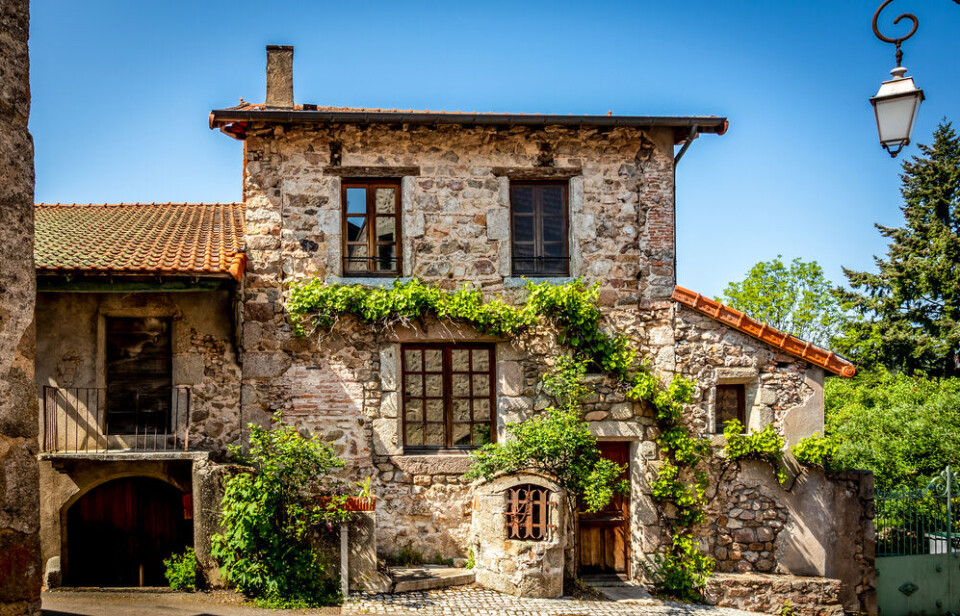Over 1,000 more French towns to levy higher tax on second homes
Around 1,500 communes now intend to charge the levy including popular second-home destinations such as St Tropez, St Malo and Chamonix
New rules for taxe d’habitation came into force in 2023
Ko Zatu / Shutterstock
Tax bills for France’s main property tax (taxe foncière) will start arriving from this week, with many likely to see a rise in the tax charged.
Read more: LIST: Key dates in 2024 for France’s property owner’s tax
Second-home owners, depending on the location of their property, may also see costs rise in the form of new surcharges on their taxe d’habitation bill.
This tax, since 2023, has only been levied on second homes, but changes last year increased the number of communes that could apply an additional surcharge if deemed to be in an area of housing shortage.
It means thousands of new communes are now eligible to levy the surcharge, which can reach up to 60% of the main bill. Around 1,500 communes to date have opted to do so, up from around 300 last year.
The authorisation to make these changes was passed in August 2023. However, as the surcharge must be approved by local authorities first, many did not have enough time to vote on the matter and include the charge in that year’s taxe d’habitation bill.
Read more: Thousands more French second homes face 2024 tax rises
Popular second-home destinations on list
Previously, to be classed as an area with a housing shortage (zones tendues), communes had to meet a list of criteria which included having a population of 50,000 or more.
The population limit no longer applies meaning thousands of communes popular with second home owners in rural areas can now opt to levy the surcharge.
Those which have include Saint-Malo in Brittany (levied from 2023) and now includes others such as Bonifacio (Corse-du-Sud), Hossegor (Landes), Chamonix (Haute-Savoie) and Saint-Tropez (Var).
Roughly three-quarters of all eligible Brittany communes have levied the surcharge this year.
Brittany has one of the highest rates of second home ownership – 12% of all properties are second homes. This rises to nearly 70% in some coastal areas communes as Quiberon (Morbihan), and nearly 50% in many other communes.
One reason so many communes are opting to levy the tax is because taxe d’habitation is one of the few areas where taxes are collected locally as opposed to being allocated by the central government.
This allows the funds raised to be spent directly on local services should the commune decide this is the best use of them.
Read more: Why do only second home owners pay taxe d’habitation in France?





























